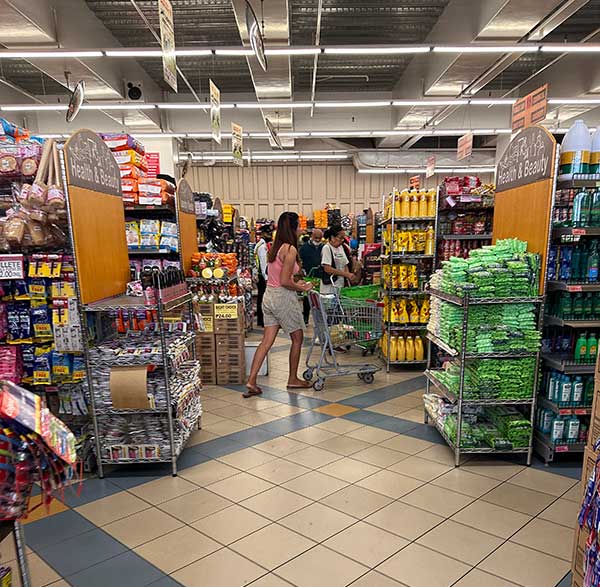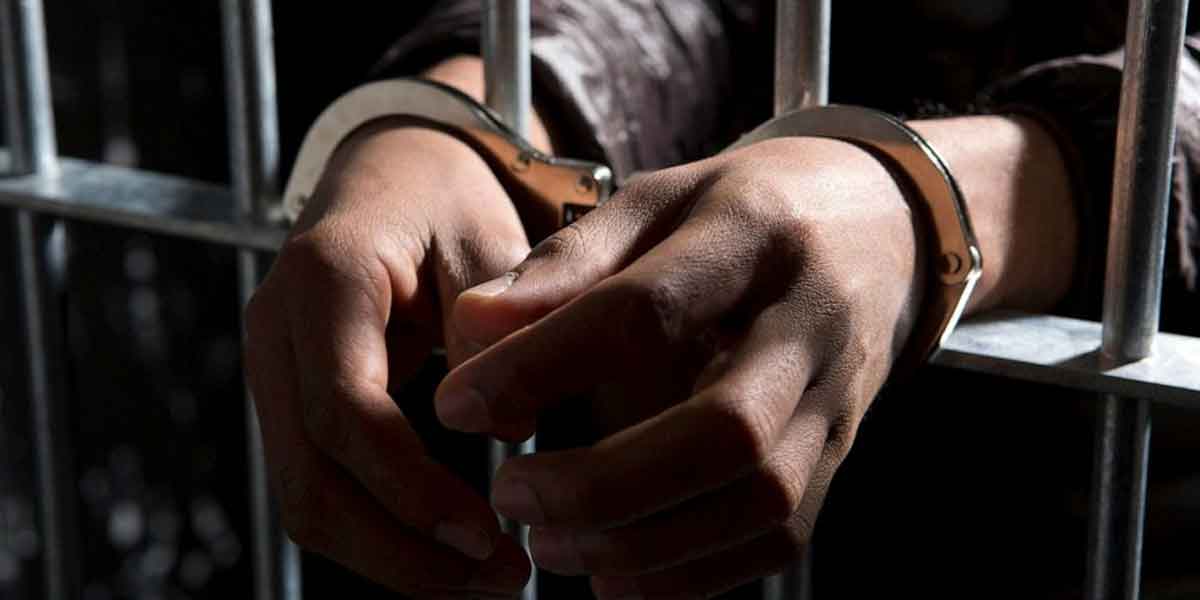
By Francis Allan L. Angelo
Poverty remains a formidable challenge in Western Visayas, based on the Preliminary 2023 First Semester Official Poverty Statistics released by the Philippine Statistics Authority (PSA) Regional Statistical Services Office VI.
The numbers reveal a striking narrative: 20.5% of Filipino families in Western Visayas, approximately 414,000 families, live below the poverty threshold, with 7.5% or about 151,000 families classified as “food poor,” struggling to meet even the basic food requirements.
This figure ranks Western Visayas as 9th among regions with the lowest poverty incidence among families. But its poverty incidence rate is higher than the national average at 16.4 percent.
Two important thresholds in Western Visayas delineate a clear line between subsistence and the struggle to survive, with the poverty incidence ratio reflecting the proportion of families or individuals whose income falls beneath these critical markers.
The poverty threshold, defined as the minimum income required for a family or individual to meet both basic food and non-food needs, stands at PHP 14,206 per month for a family of five.
The food threshold, representing the minimum income necessary to satisfy nutritional requirements for physically active and socially acceptable lifestyles, is pegged at PHP 10,005 per month for a similar family unit.
A deeper manifestation of poverty is shown by the subsistence incidence, which measures families living below the food threshold.
Results disclose that 7.5% or 151,000 families in Western Visayas fail to meet basic food needs. Food insecurity remains a harsh actuality for these households.
Other poverty indicators likewise exhibit incomes insufficient for multitudes of poor families to rise above destitution.
The report indicated that “25.3% of poor families in the first semester of 2023 need an additional monthly income of ₱3,596 to move out of poverty.”
Compared to 2021 figures, the poverty gap (income shortfall of poor families from the poverty line) increased to 5.2% from 4.9% in 2021 while the severity of poverty inched up to 1.9% from 1.8%, highlighting the deepening disparities and the urgent need for effective poverty alleviation measures.
“There are still many areas in our city where families live in small houses with no safe water or sanitation” said Carmen Santos, a community resident in Iloilo City.
“Many people do not have decent work and have low and insecure incomes. We need more assistance and opportunities to lift people from poverty,” Santos added.
* The poverty threshold is defined in Section 3 of RA 8625 or the Social Reform and Poverty Alleviation Act of 1997.





















